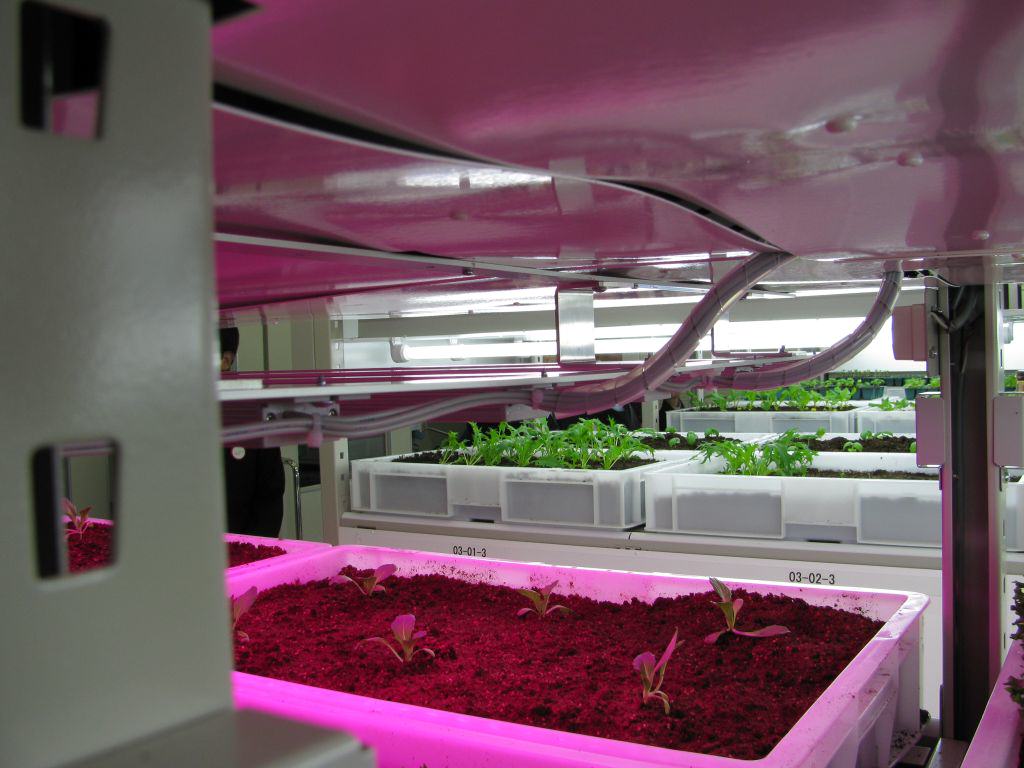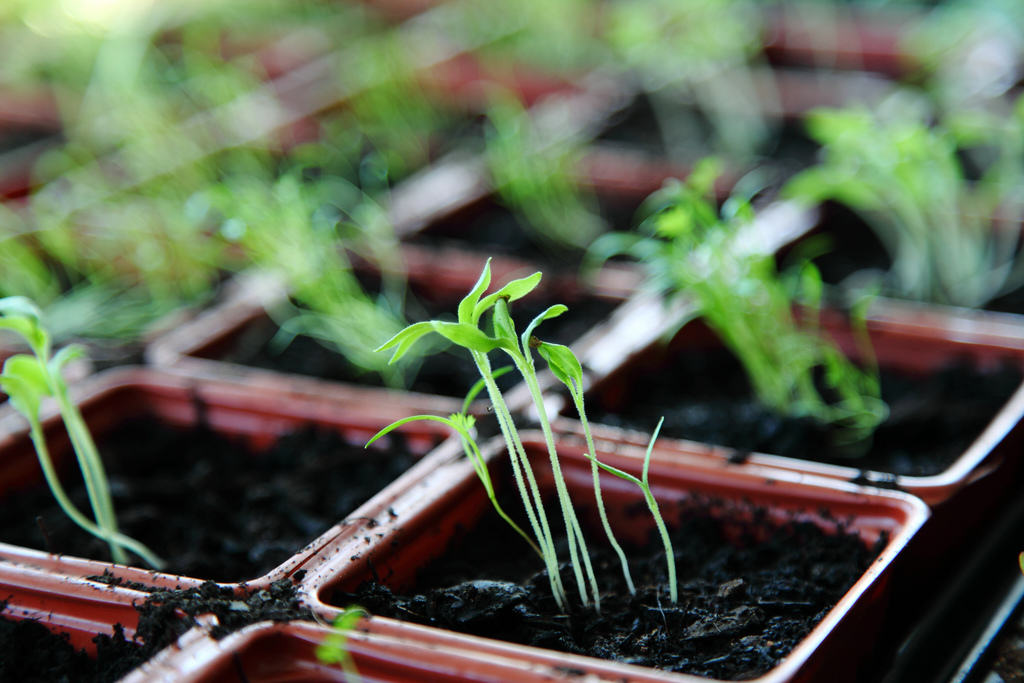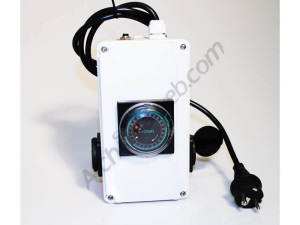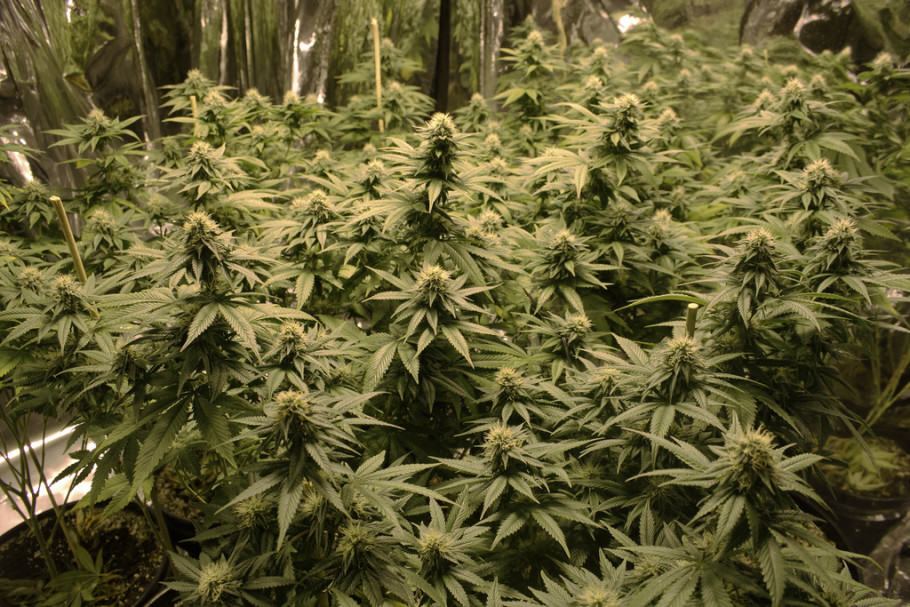The Photoperiod of cannabis plants grown indoors
List of contents
When we talk about photoperiod, we mean the daily hours of light and darkness that any given living organism receives, while photoperiodism refers to the physiological reaction provoked by the length of day or night, and the way it affects the behaviour and development of these plants and animals.
In botany, each subspecies has its own specific photoperiod, but plants can be classified into three groups: short-day plants, long-day plants and day-neutral plants. Cannabis is a short-day plant (with the exception of Cannabis Ruderalis autoflowering varieties), which means that it needs long nights with over 12 hours of uninterrupted darkness to trigger flowering.
In the plant world, both the light intensity as well as the daily hours of light/darkness determine the biological functions of organisms, such as seed germination, growth, flowering and maturing processes. In this way, the development of plants can be activated or suppressed depending on lighting conditions, meaning that, for example, most plant species are unable to flourish unless they receive a certain number of hours of darkness.

Logically, in nature, the photoperiod is determined by the season of the year and the solar cycle. But what happens with indoor crops under artificial lighting? The answer, also very logical, is that the grower sets the photoperiod of indoor gardens, and in this way, they are able to control whether the plants remain in the vegetative growth phase or if they begin their flowering process.
The photoperiod for indoor crops
When we learn the basics of cannabis cultivation, one of the first things that we must understand is that to maintain our plants in the vegetative growth phase, we will have to expose them to a daily photoperiod of 18 hours of light and 6 of darkness (both uninterrupted periods), and that when we wish them to start to bloom, the photoperiod must be adjusted to 12 hours of light and 12 of darkness every day, also uninterrupted.
If we only give them 6 hours of darkness each day, our cannabis plants will keep on growing, because the nights are too short to induce them to start flowering. On the other hand, if we give them 12 uninterrupted hours of darkness we can be sure that, independently of the variety (and with exception of automatic varieties) the plant will be triggered to bloom by the longer night length.

These standard photoperiods are very useful for the indoor grower when it comes to regulating the state of the plants, meaning, regardless of the cannabis variety being grown, they will behave as they ought to, growing under a vegetative photoperiod (18/6h) and blooming when it‘s changed to flowering (12/12h). However, many of the more experienced growers rarely use these photoperiods, especially during flowering. This is often because they are looking for the minimum number of darkness hours that will trigger the plant to start flowering. In this way, they have greater control over the light input during this important phase and will be able to achieve better yields or shorten the flowering time.
The photoperiod during the growth phase of cannabis plants
As we have mentioned above, when growing under artificial light, we normally use a daily photoperiod for vegetative growth of 18 hours light and 6 of darkness. This doesn’t mean that we can’t use other photoperiods that are also suitable for vegetative growth, for example, 16/8 or 20/4 and even 13/11 for pure Sativa varieties. Indeed, many indoor growers will start Sativa varieties under a 12/12 photoperiod right from the point of germination, as often this is the only way to keep these fast-growing and hugely vigorous plants to a manageable size and grow them within the restrictions of an indoor growing space. Remember that, the more hours of light they receive per day, the more our plants will grow.
Some growers, when they're in a hurry for their plants to grow to a decent size before flowering them, will increase the number of light hours per day up to as many as 24, leaving the plants without any night period at all. It's worth bearing in mind that not all varieties will react well to this, and, because certain of the plants' biological functions only take place in darkness, constant illumination can often lead to stressed and unhappy plants.
At the other extreme, if all we want to do is simply maintain the genetics and to keep them from growing too big in the meantime, it’s possible to reduce the photoperiod to 16/8, giving the plants eight hours less light than those at 24h, meaning they won't grow as vigorously as the plants receiving more hours of light. Longer day length allows more photosynthesis, which in turn means that more nutrients will be consumed, which, naturally, leads to more growth.

Interrupting the night period is another great trick used by growers of big outdoor cannabis plants. As we've already seen in our post about growing outdoors out of season, if we take plants grown under artificial light and place them outside before mid-late May they will start blooming, because the days are still short and the nights long enough to start the flowering process.
However, if we have to move plants into the garden before this time and plant them out during months when the natural length of the night would trigger flowering, we can fool the plants into continuing vegetative growth by breaking the nighttime in two or more parts. This is done by illuminating our plants for a minimum of 15 minutes in the middle of the night to prevent them from receiving enough hours of uninterrupted darkness to initiate the flowering process. We can even do this several times throughout the night to make absolutely certain the plants won't flower. There's no need to use high-intensity lamps for this either, a simple domestic lightbulb or fluorescent tube hung over each plant will provide all the illumination necessary to halt flowering.
Once we get to June, the plants will no longer need any supplementary lighting, as the days will be long enough to keep them in a vegetative state, but at this point they will have had all spring and summer for vegetative growth and, providing they've been properly cared for and provided with enough substrate and nutrients, they will reach a really big size before they begin to flower in mid-late August, enabling them to deliver a heavy harvest of buds for us to enjoy.
The photoperiod during the flowering phase of cannabis plants

We know that all non-auto cannabis varieties - whether they're Indicas, Sativas or Hybrids - are triggered to flower by a photoperiod of 12/12. Even so, there are some Indica varieties that will start to bloom with just 10-hour nights and 14-hour days. This means that if we flower our Indicas under a 14/10 photoperiod they will receive two more hours of light per day than at 12/12, and in consequence, will produce more and larger flowers.
On the other hand, many Sativa varieties originating from equatorial zones will flower well under a 12/12 photoperiod, but will do better and express their Sativa genes more with longer night periods of 13 and up to 14 hours (in addition to saving an hour or two of consumption on the electricity bill!).
If we test this method with cannabis hybrids, we will find that under photoperiods of 13 hours light and 11 dark, plants will flower more heavily, but it may mean that the maturing process is extended by a few days. On the contrary, if we use a photoperiod of 11 hours light and 13 of darkness, the plants will have a shorter flowering period but the yield will be slightly reduced. It’s something that every grower can and should try out, depending on his needs and growing plan.
Another technique commonly used to speed up the maturation process of the buds is to start the flowering period with a 12/12 photoperiod and then reduce the light hours from the fourth/fifth week of flowering (to 11/13 or even 10/14), it's an effective method, but not recommended if we wish to revegetate the plants after flowering.
To avoid any potential problems with the height of the plants in our indoor grow, or to grow plants that have a considerable stretch at the onset of bloom, we can begin the flowering phase with a photoperiod that uses fewer hours of light (11/13 for example), so the plants will stretch less during the pre-flowering stage. Once the plant stops its vertical growth, usually within the first two weeks, we can change back to 12/12 hours for greater yields, even to 13/11 if we don't mind lengthening the flowering period for a few days more.

As you've have seen, we can experiment and play around with the photoperiod of our indoor grow space to achieve a range of different objectives, such as more or less growth, energy savings, reducing the flowering time, increasing yields, keeping the plants in a vegetative state, etc. But in all cases, we must take into account that our plants - just like us – are regularized by natural circadian rhythms, the cycle of days and nights adding up to 24 hours. For this reason, using photoperiods that don't fit the 24-hour cycle won't usually give the results we're looking for.
Happy growing!


































































